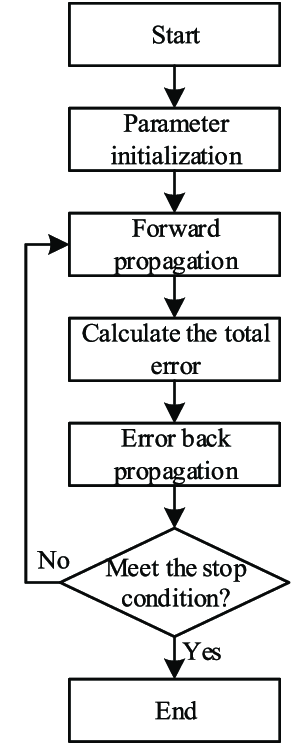Draw a block diagram of the Error Back Propagation Algorithm and explain with the flowchart the Error Back Propagation Concept
Team Answered question May 26, 2024
The Error Back Propagation Algorithm, commonly referred to as Backpropagation, is a fundamental algorithm used for training artificial neural networks. It is a supervised learning algorithm that aims to minimize the error between the predicted outputs and the actual outputs by adjusting the weights of the network.
- Neural Network Structure:
- Input Layer: Receives input features.
- Hidden Layers: Intermediate layers where computations are performed.
- Output Layer: Produces the final output.
- Weights and Biases: Parameters that the algorithm adjusts to minimize the error.
- Activation Function: A non-linear function (like Sigmoid, ReLU, Tanh) applied to the neuron’s output to introduce non-linearity into the model.
- Loss Function: Measures the difference between the predicted output and the actual output (e.g., Mean Squared Error, Cross-Entropy Loss).
Steps in Backpropagation
- Initialization: Randomly initialize weights and biases.
- Forward Propagation:
- Compute the output of each neuron from the input layer to the output layer.
- For each layer, apply the activation function to the weighted sum of inputs.
- Compute Loss: Calculate the error using the loss function.
- Backward Propagation:
- Compute the gradient of the loss function with respect to each weight by applying the chain rule of calculus.
- This involves:
- Output Layer: Calculate the gradient of the loss with respect to the output.
- Hidden Layers: Backpropagate the gradient to previous layers, updating the weights and biases.
- Update Weights:
- Adjust weights and biases using gradient descent or an optimization algorithm (like Adam, RMSprop).
- Update rule:
[
w = w – \eta \frac{\partial L}{\partial w}
]
where ( \eta ) is the learning rate, ( w ) is the weight, and ( \frac{\partial L}{\partial w} ) is the gradient of the loss with respect to the weight.
- Iterate: Repeat the forward and backward pass for a number of epochs or until convergence.
- Learning Rate: A critical hyperparameter that needs to be set properly. Too high can lead to divergence, too low can slow convergence.
- Overfitting: Use techniques like regularization (L1, L2), dropout, or early stopping to prevent overfitting.
- Gradient Vanishing/Exploding: Deep networks may suffer from these issues. Techniques like Batch Normalization, appropriate activation functions (ReLU), and gradient clipping help mitigate them.
Team Answered question May 26, 2024


